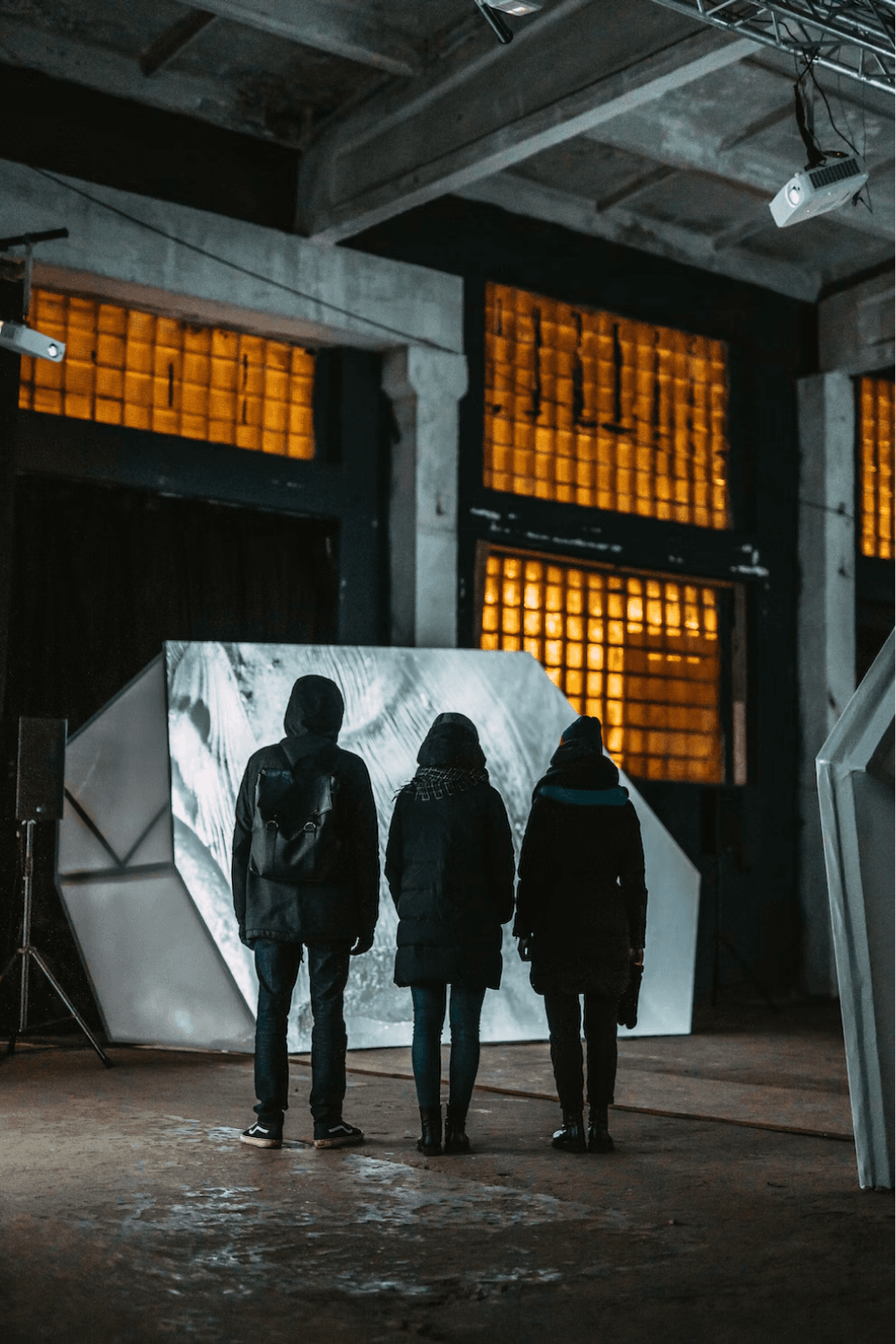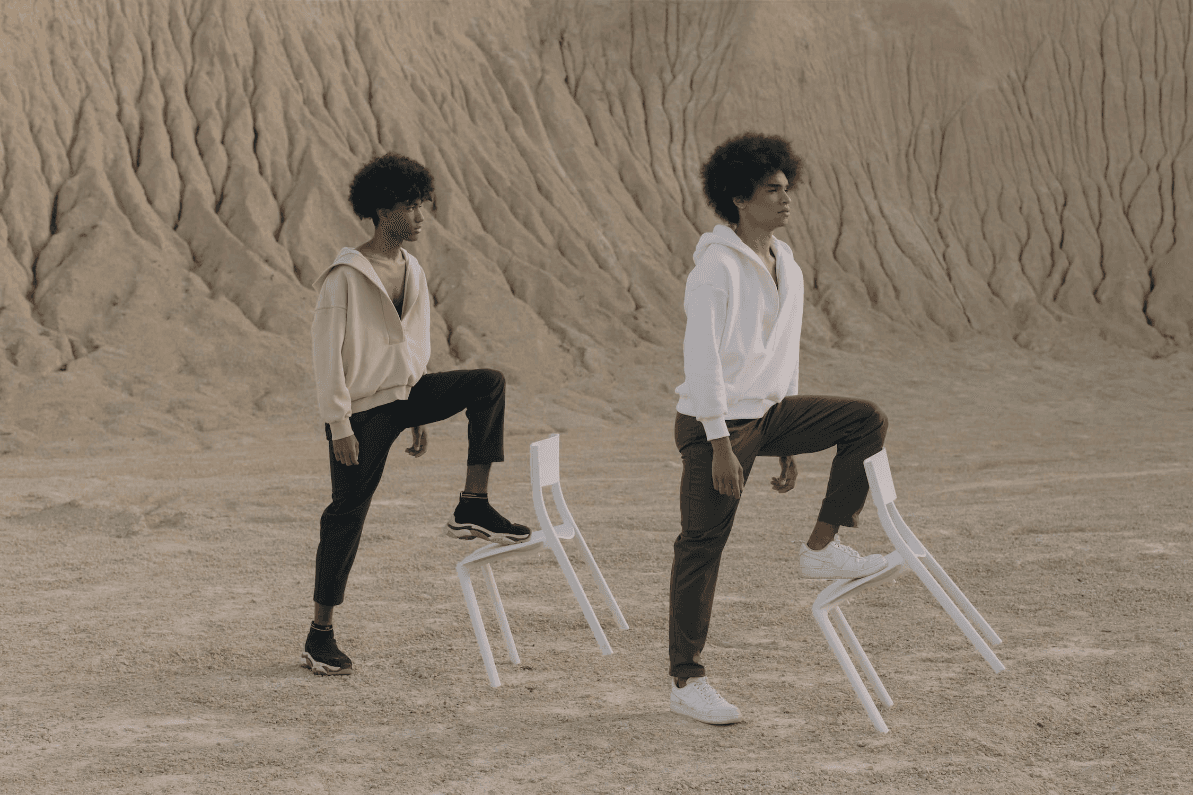
How trend forecasting helps shape your digital strategy
The generations growing up now will come of age in a digital world. They increasingly live online, are more flexible and will want to experience culture in a different way than our current audience. How do you prepare for this audience of the future? Trend forecasting helps you to develop a digital strategy.
The generations growing up now, such as generation Z and Alpha, know nothing other than a world full of digital technology. Give it another twenty years, and they will probably be your most important target group. The audience is changing. How do you, as museum, theatre, artistic company, orchestra, cinema or other cultural organisation, prepare for this? Reaching this group requires a digital transformation and this starts with digital leadership and a sound strategy.
Understand the audience of the future
Understanding the audience of the future helps you to visualise the opportunities provided by digital transformation. By thinking of possible scenarios, you can better anticipate the changes ahead. You probably have a good idea of who visits your museum, archive or theatre right now. However, the audience will look very different in another 15 or 20 years. Through future scenarios you can learn about relevant developments and how these will change the perceptions and experiences of the cultural audience.
Trend forecasting: how does it work?
Of course we cannot predict the future, but what we do know is that the future has its origins in the world of today. Current developments tend to persevere. Scenarios are a good way to try and forecast what the future might look like. DEN developed four possible future scenarios that can help you develop a future-proof strategy. Each scenario provides insight into two important aspects: our society and the audience of tomorrow. Is society becoming more inclusive or more fragmented? And does the audience of the future behave proactively or passively when it comes to culture?
Discuss the possible scenarios with your colleagues and decide on a strategy
Talking to your colleagues about the possible scenarios and emerging developments helps you to think about the relationship of your organisation with the new cultural audience and how you could continue to reach the audience in each different scenario. Your ideas feed into the organisation’s strategy to make sure it remains future-proof and relevant.

Anticipating change together
The strength of trend forecasting is that you collectively learn to anticipate new situations and circumstances. This gives you something to hold onto in a rapidly changing world. It makes your organisation more successful as you will be more aware of the signs of change. And it provides your organisation with enough flexibility to adapt business models or propositions when necessary.
By exploring extreme scenarios you also learn to respond to all the possibilities in between these extremes. Doing this together with colleagues will bring your team closer together. Maybe one of your colleagues knows everything there is to know about technological trends, such as virtual venues. And an educator may already have some idea of how young people today are likely to behave in the world of the future. Together you can come up with new solutions and discover what skills you need to implement these solutions.

